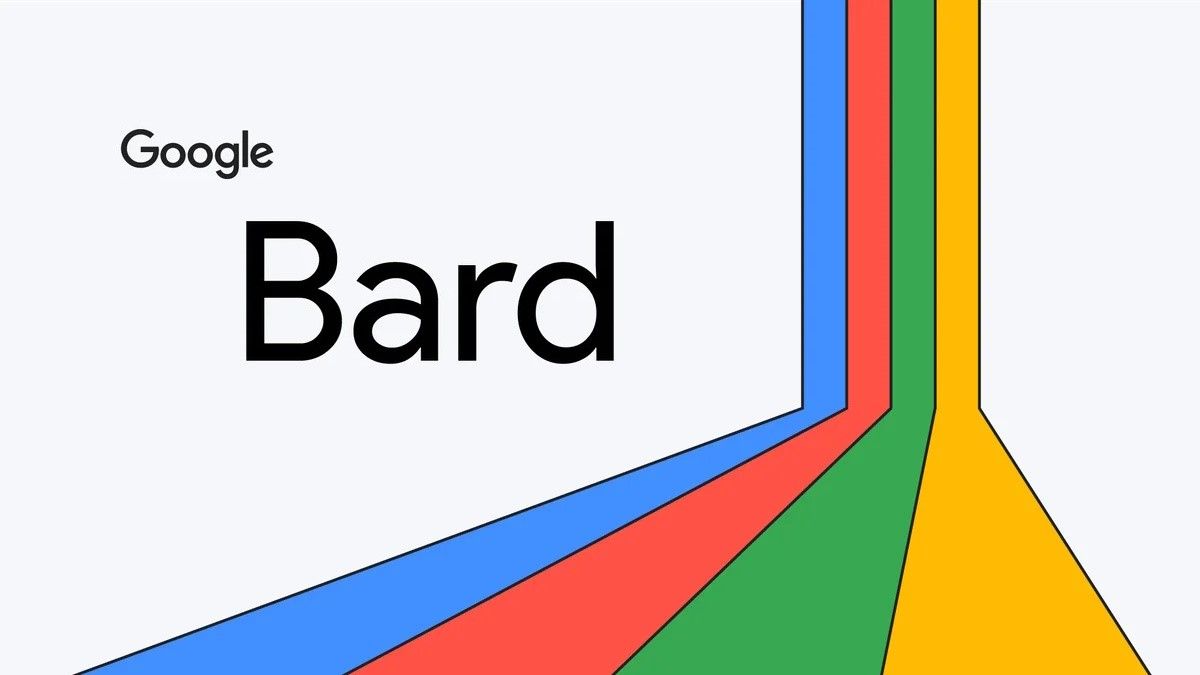
What you need to know
- Google expands Bard’s availability to Brazil and across Europe.
- Bard also gets new customizable responses, styles, and tones.
- Bard users can upload images with prompts for the AI chatbot to analyze.
- The conversions on Bard can now be pinned, renamed, and shared across users.
Google is expanding the availability of its AI chatbot Bard to more regions and new languages, the search giant announced in an accompanying blog post.
The blog post further includes new features that make Google Bard give its audience a better customizable experience, next to boosting creativity. These enhancements include the “ability to add images in Prompts, Listen to Bard’s responses aloud, export your code to new places, and easily adjust Bard’s response to fit your needs.”
Starting this Thursday, Bard will be available in more than 40 languages, including Arabic, Chinese, German, Hindi, and Spanish. The chatbot is also now available across more regions, including Brazil and Europe, and will adhere to respective regions’ privacy regulations and Google’s AI principles to ensure people’s data and privacy are always protected.
New customizable responses are coming to Bard. Now, users can hear Bard’s responses when the chatbot is approached with a query. Google believes that hearing the response might change users’ perspective and further helps them understand the pronunciation of words. Users interested in trying out the feature can enter a prompt and select the sound icon to hear Bard’s answers.
As part of customizable responses for Bard, Google is bringing styles and tones that include simple, long, short, professional, or casual. These can be chosen from a new drop-down, and the suggested responses can be further shortened per the selected tone and style. The feature is currently available in English; other languages will be added soon.

After customizable responses, Bard is getting additional features as well, such as the ability to pin and rename conversations in the sidebar to easily pick them back up. The feature is available in over 40 languages. Google Bard will also allow users to share their conversations, ideas, and creations made on the chatbot with others via shareable links.
And since Bard is being used widely for coding purposes, to enhance the experience, Google is adding a new feature to export Python code to Replit, next to Google Colab.

Lastly, users can now upload images to Bard with prompts that conveniently make the chatbot analyze the uploaded photo more effectively. This is an addition to Google Lens incorporation into Bard, announced at Google I/O this year. This feature is currently available for English Bard users, and other language support is expected soon.

Google believes these new features will help users lift their ideas off the ground more prominently. Alongside the language and regional availability, it is the biggest expansion from Google since the Bard was announced for Android phones and opened to the public early this year.
